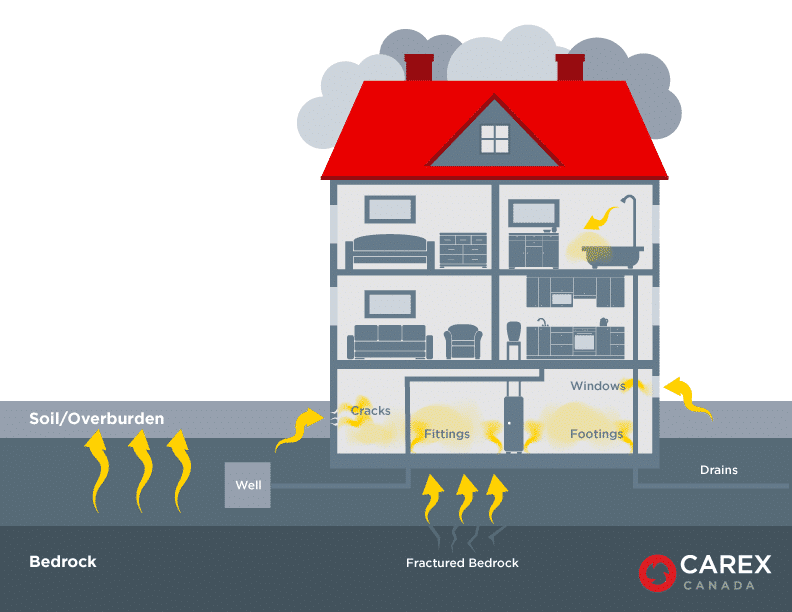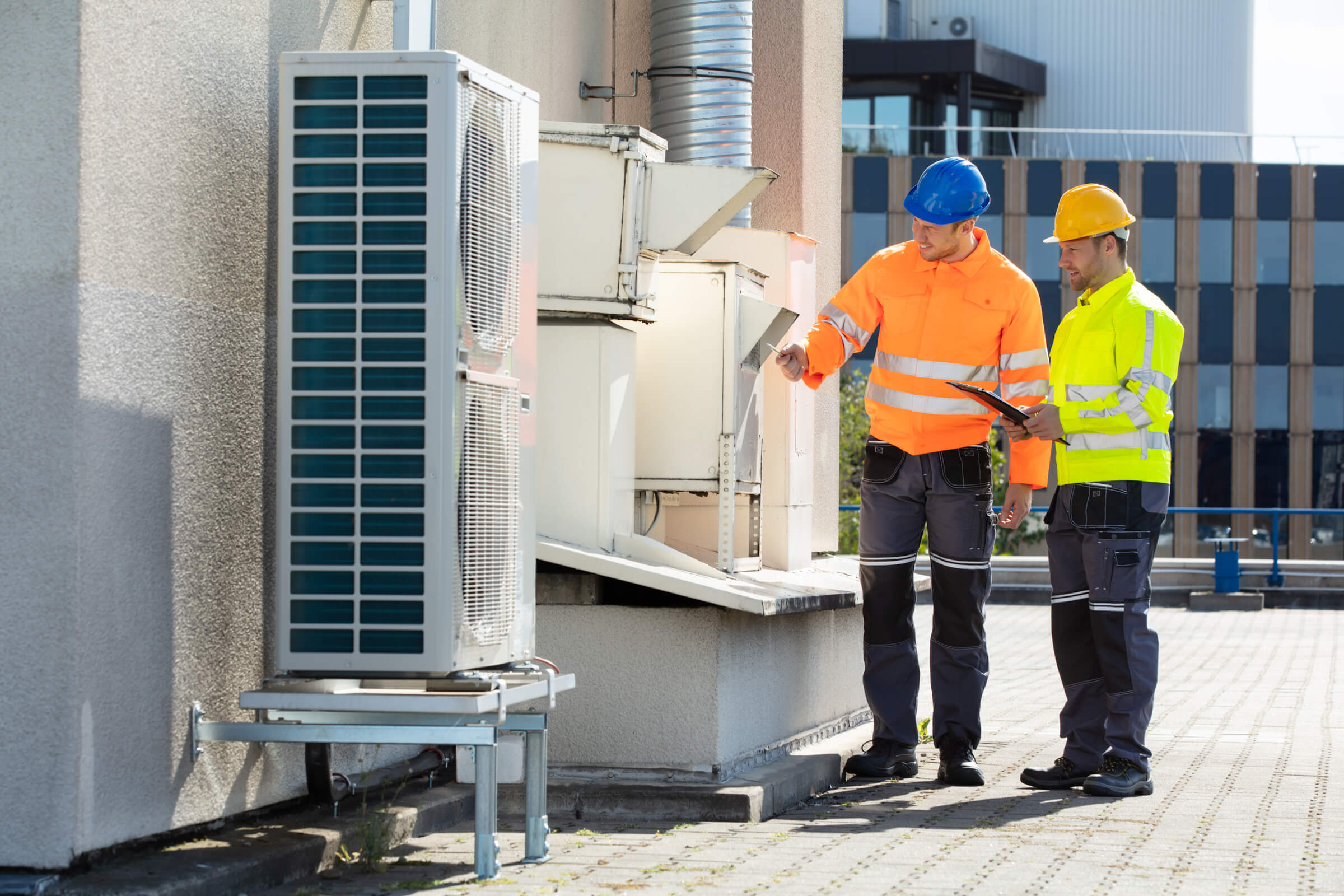Why Radon Testing in Commercial Buildings Is More Important Than You Think
Radon: The Invisible Risk in Commercial Properties
Most building owners and facility managers understand the importance of regular HVAC servicing and fire safety compliance—but many overlook a serious invisible threat: radon gas. As a naturally occurring radioactive gas, radon is the second leading cause of lung cancer after smoking, and it can accumulate in dangerously high levels inside buildings without any noticeable symptoms.
While residential testing has gained more traction in recent years, commercial buildings are equally at risk, especially those with ground-level or below-grade spaces.

What Is Radon and Why Should Businesses Care?
Radon forms when uranium in soil, rock, or water breaks down. It enters buildings through cracks in foundations, floor drains, construction joints, and other openings. Unlike carbon monoxide, radon doesn’t cause immediate symptoms—making it even more dangerous over time.
For commercial buildings like schools, office complexes, warehouses, and retail stores, radon exposure can impact dozens or even hundreds of employees and customers daily.
Top Reasons to Conduct Radon Testing in Commercial Buildings
1. Protect Employee Health and Well-being
The U.S. Environmental Protection Agency (EPA) estimates that 1 in 15 buildings has elevated radon levels. Testing your property shows a commitment to employee health and helps prevent long-term illness related to exposure.
2. Meet Occupational Safety Standards
While OSHA has not mandated specific radon limits, many states and local governments have their own guidelines, especially for child-care centers, public schools, group homes and medical facilities. Proactive testing and mitigation help you stay compliant with evolving regulations.
3. Preserve Property Value
High radon levels can derail real estate transactions or reduce a commercial building’s resale value. Demonstrating regular radon inspections and maintaining mitigation systems can be a selling point to future investors or tenants.
4. Avoid Legal Liability
Employers and landlords may be held responsible if tenants, employees, or customers suffer harm due to known hazards like radon exposure. Routine testing is an easy, proactive step to reduce liability risks.
5. Cost-Effective Prevention
Radon mitigation systems for commercial buildings are often more affordable than other structural upgrades, and when installed early, they can prevent costly retrofits or health-related lawsuits down the line.

When and Where Should You Test?
-
New commercial builds should always be tested before occupancy. All ground floor units and percentages of the rest of the building.
-
Every 2-5 years, depending on the original test results.
-
Any time you’re planning a renovation or alter the HVAC system.
Radon testing should be part of your environmental assessment.
Partner with Apex Radon Solutions
At Apex Radon Solutions, we specialize in accurate, reliable radon testing for both residential and commercial properties. Whether you're operating a single storefront or managing a multi-level office complex, our certified team can evaluate, monitor, and recommend mitigation systems tailored to your property’s needs.
Peace of mind starts with a simple test.
Contact us today to schedule a commercial radon inspection and protect what matters most—your people, your property, and your peace of mind.
